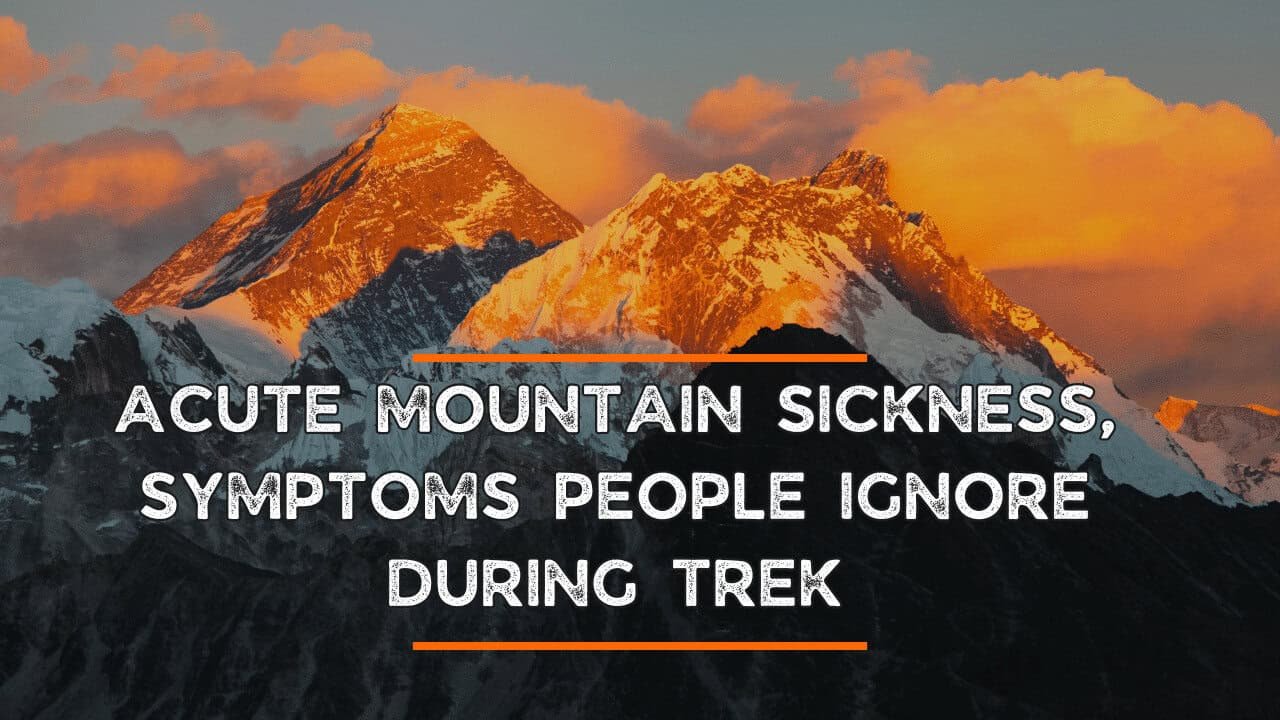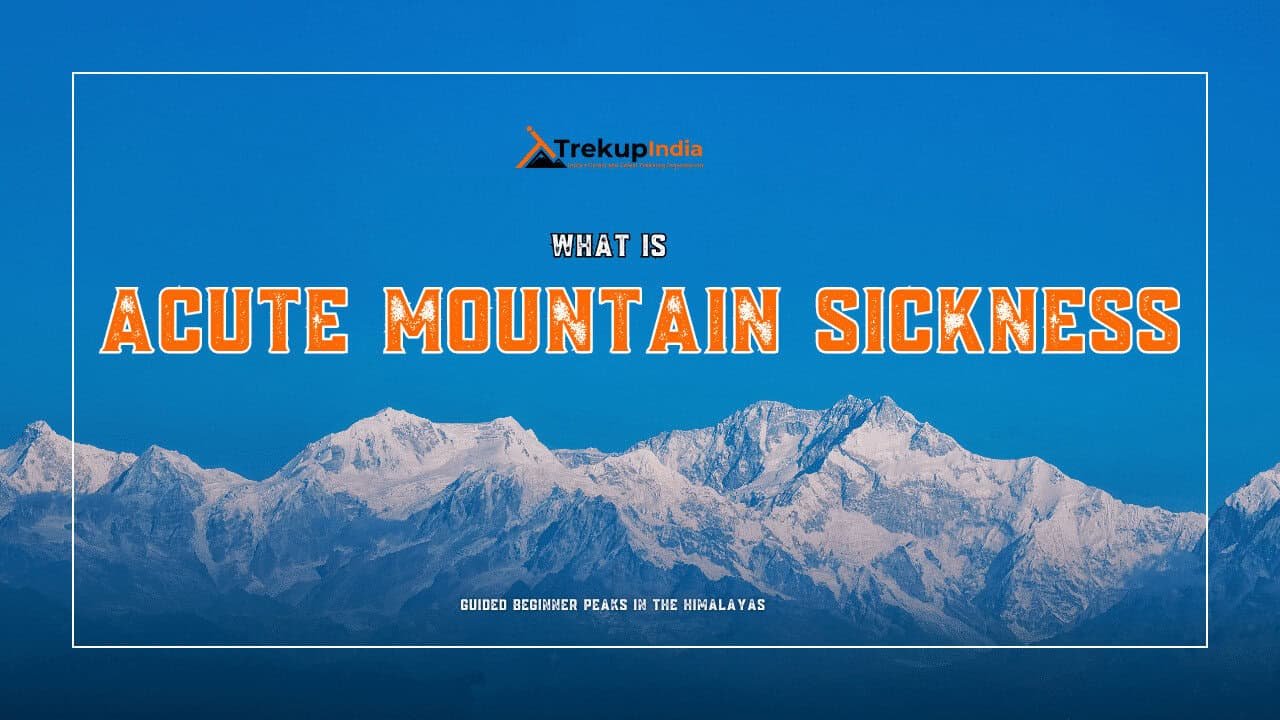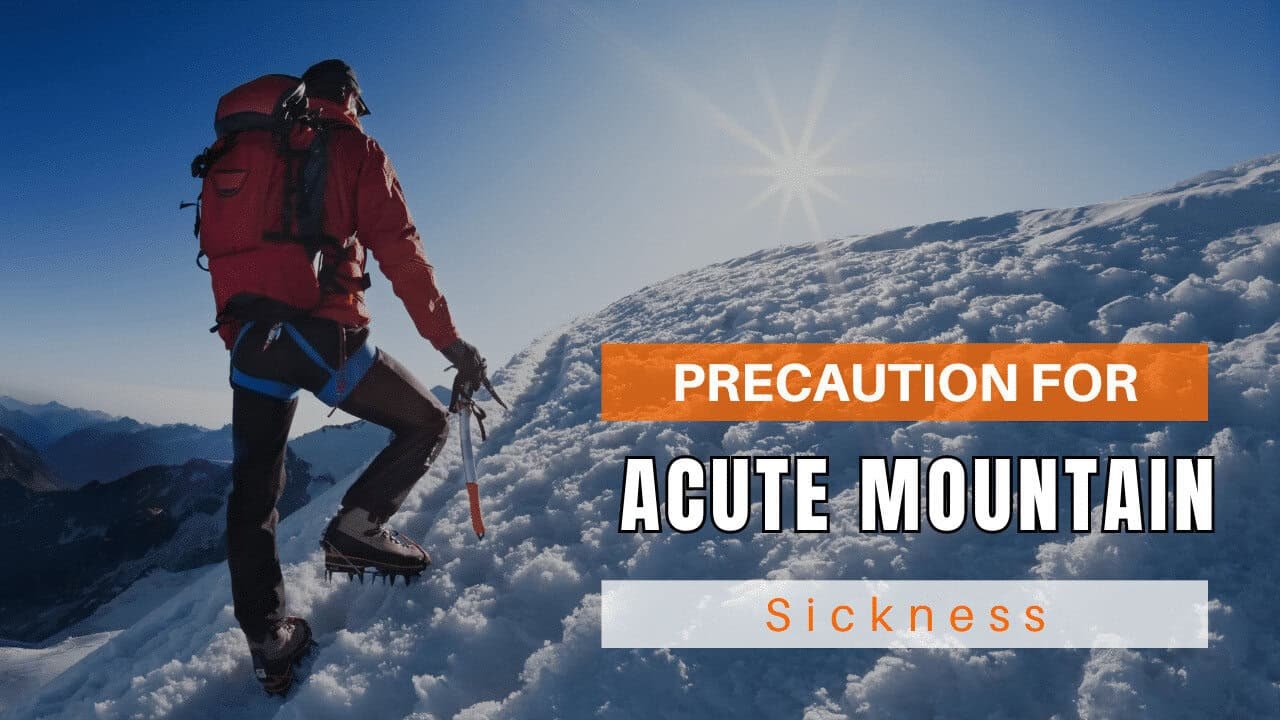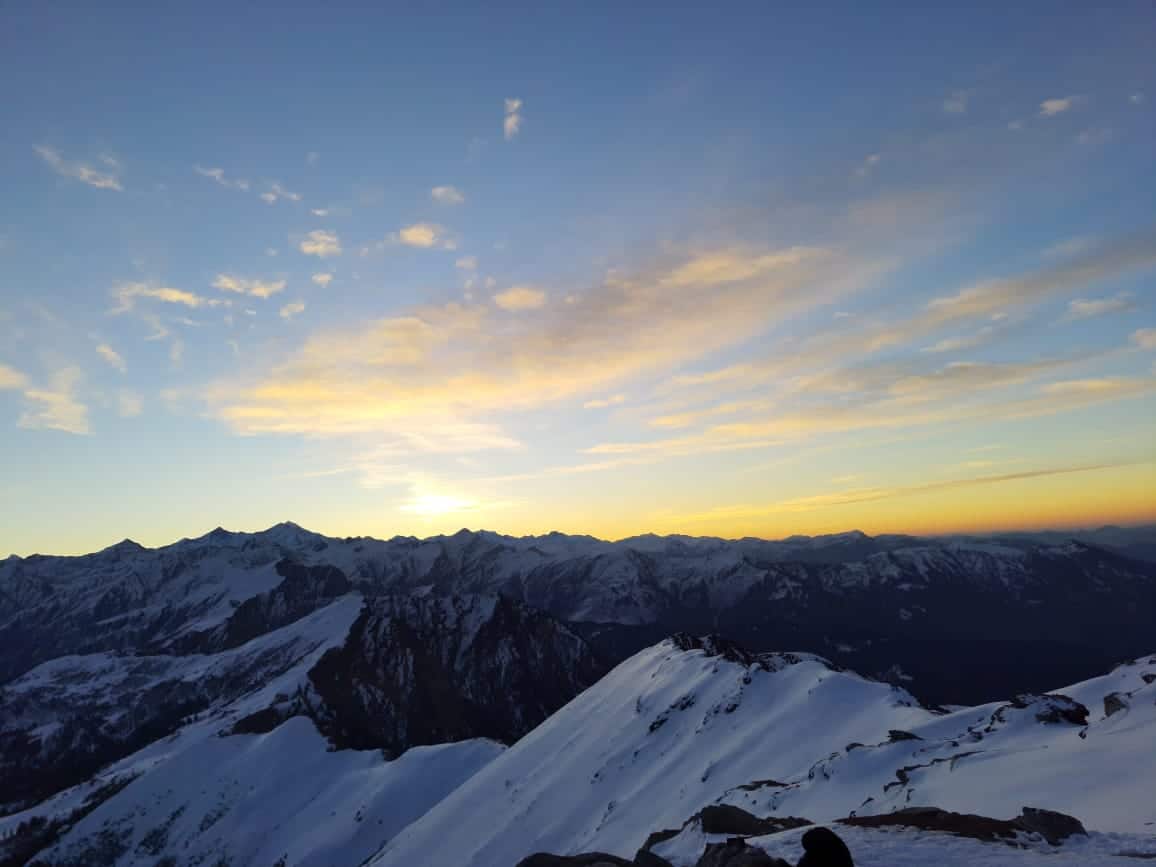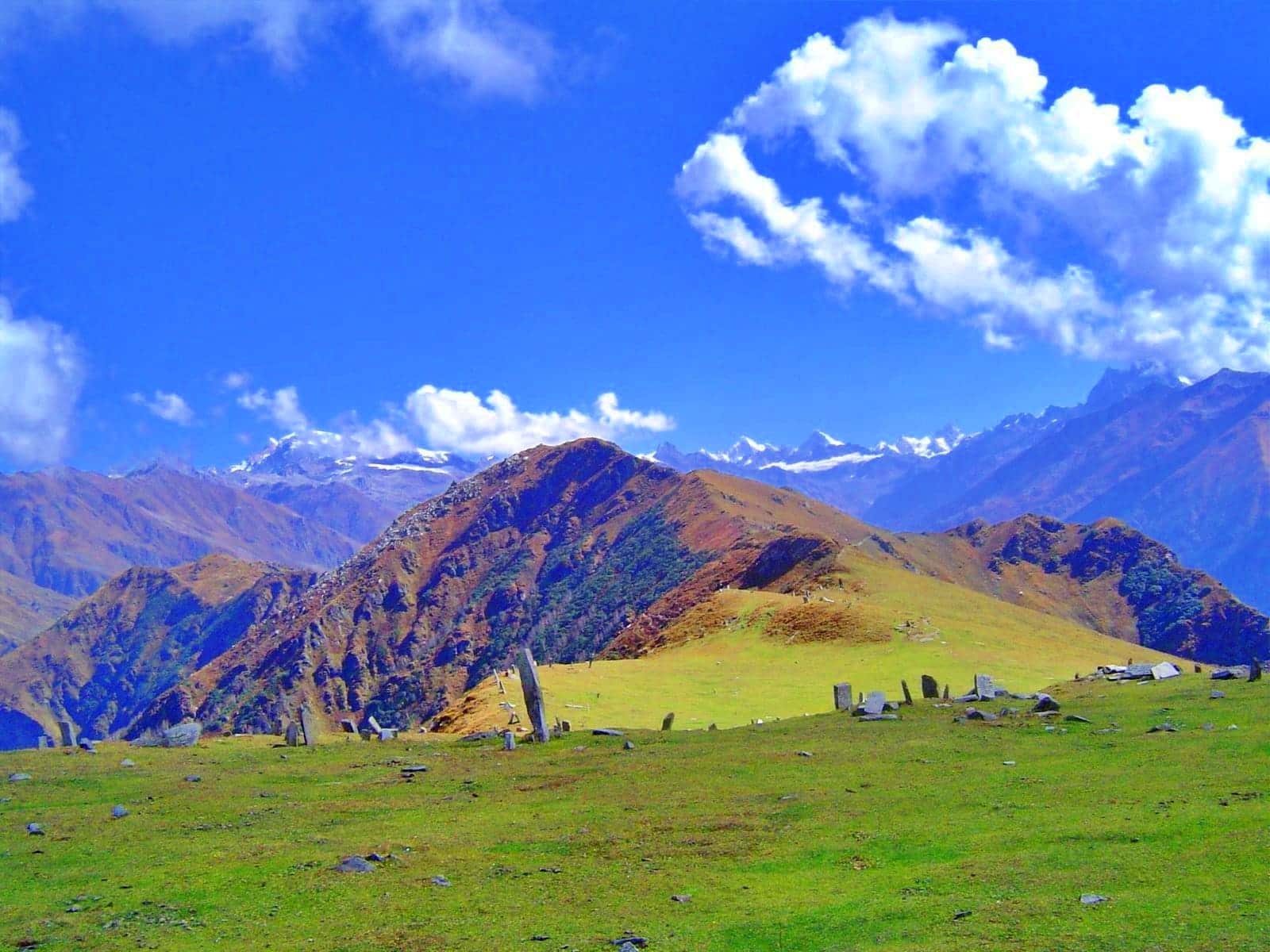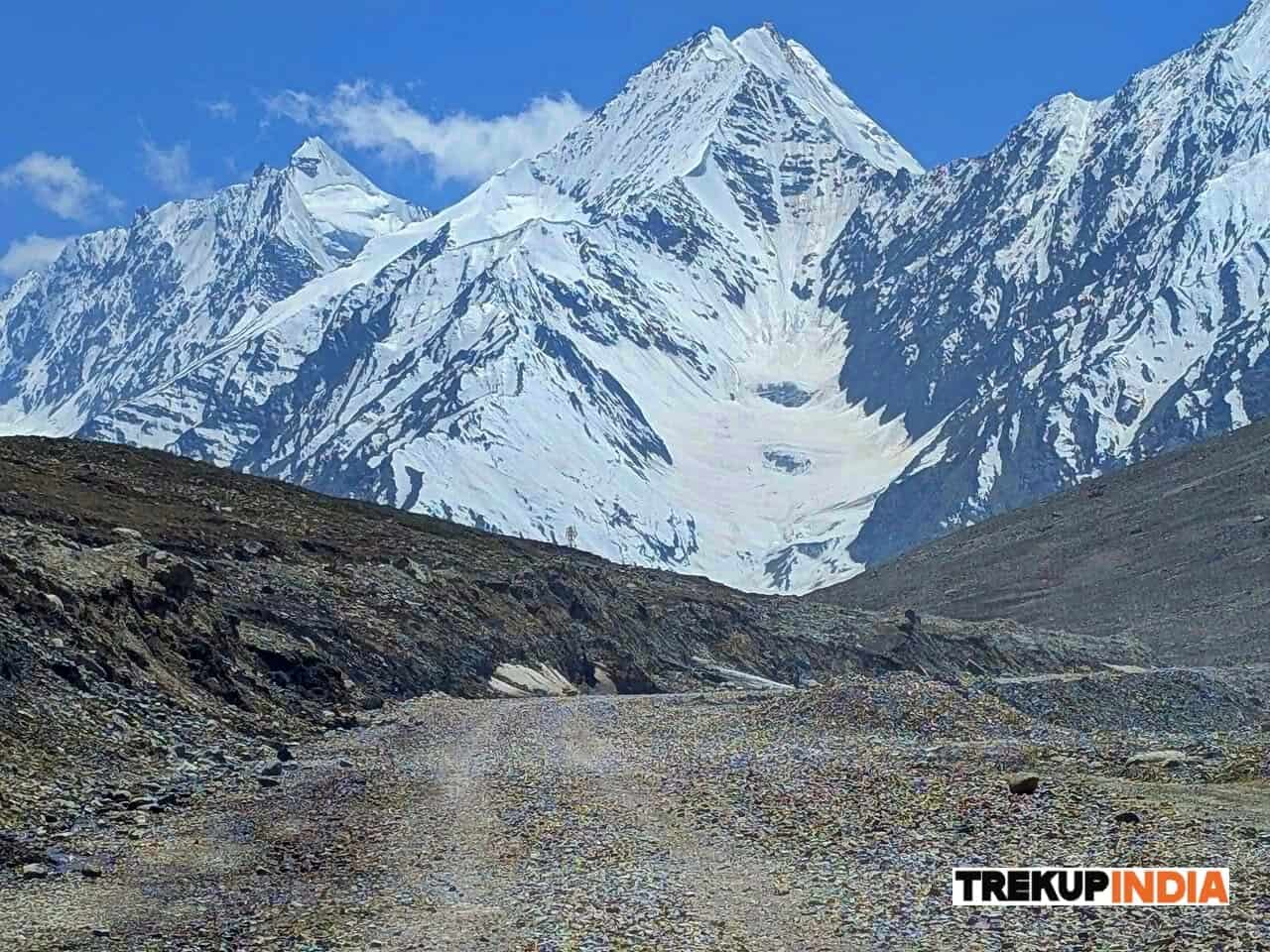Things To Carry For The Trek
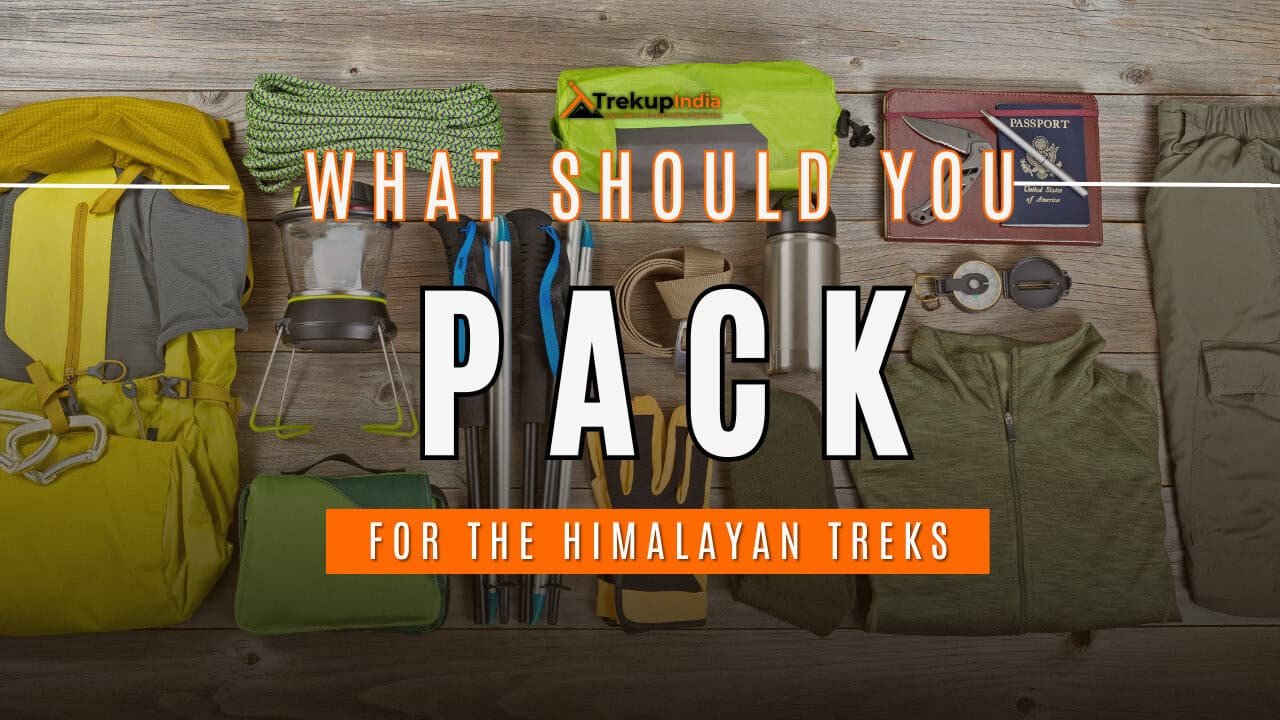
What to Pack for a Himalayan Trek: A Complete Guide
As a trekking and adventure travel company, we receive countless questions from trekkers—one of the most common being: “What should I pack for the trek?”
It’s a great question, and one we completely understand. Packing for a trek, especially in the Himalayas, can feel overwhelming if you’re not sure what to bring or how much is too much. While we try to explain packing essentials during trip briefings, it’s not always easy to cover every detail in person.
To make it easier, we’ve created a comprehensive packing list designed for anyone trekking in the Himalayas—whether it’s your first trek or your fifth.
Tip Before You Start: Pack from Head to Toe
One helpful packing method we always recommend is to pack in a sequence—from head to toe (or vice versa). This ensures you don’t miss any essentials and allows for an organized, stress-free experience. By going step by step, the chances of forgetting key items are greatly reduced.
1. Backpack

Choosing the Right Backpack
Your backpack is one of the most important pieces of gear on any trek. It should be comfortable, well-fitted, and appropriately sized—neither too big nor too small. For a trek lasting about a week, a 60 to 70-liter backpack is generally sufficient to carry all your essential belongings without overloading you.
Make sure the backpack offers good hip and shoulder support, as these areas bear most of the weight. Padded straps and an adjustable frame can significantly improve comfort, especially on longer hikes. Also, choose a pack with easily accessible pockets so you can quickly reach items like snacks, water bottles, rain covers, or maps without having to unpack everything.
2. Daypack

Don’t Forget Your Daypack
All trekkers should remember that a daypack is just as important as your main backpack. While on the trek, you won’t be carrying your full backpack every day—especially during day excursions, shorter hikes, or sightseeing trips.
A lightweight, durable daypack (15–25 liters) allows you to carry essentials like a water bottle, snacks, rain jacket, camera, sunscreen, and personal items without the bulk of your larger pack. It’s a simple addition that makes a big difference in your comfort and convenience during the trek.
3. Footwear
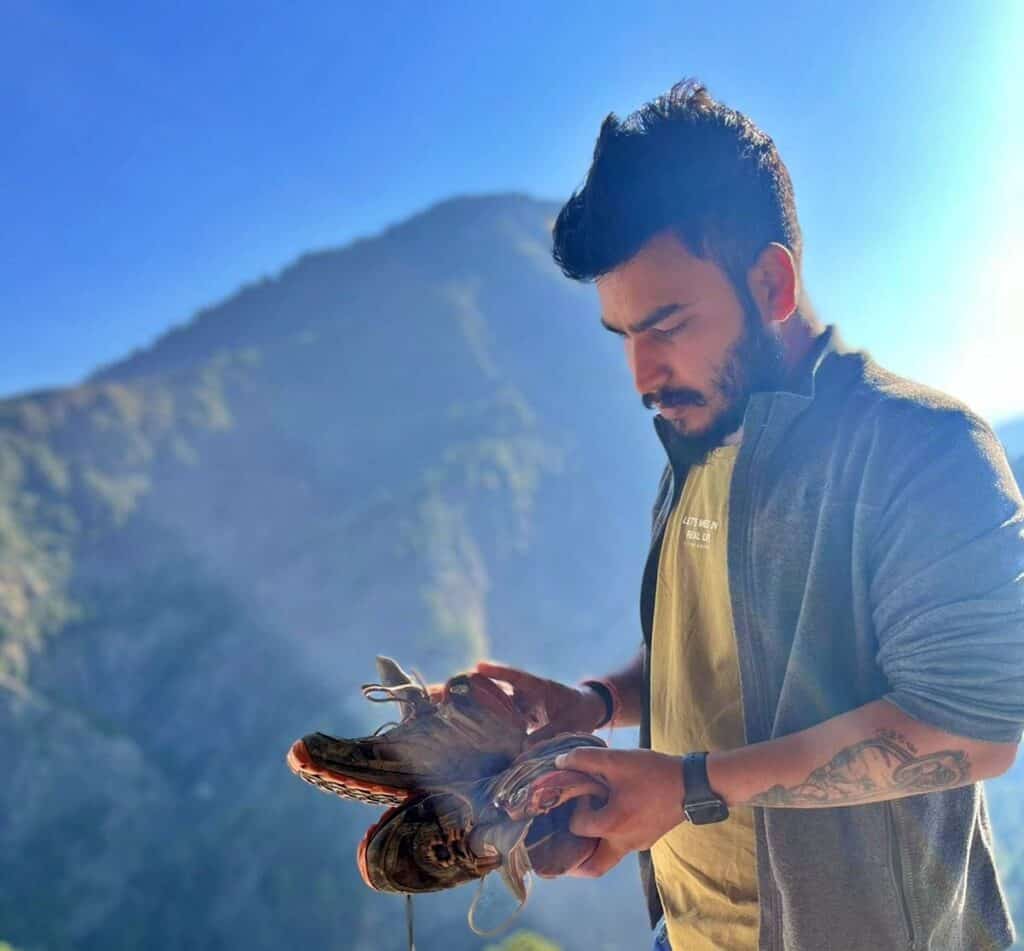
Footwear Essentials for Trekking
Having the right footwear can make or break your trekking experience. Here’s what we recommend:
1. Trekking Shoes:
Choose a pair of waterproof, high-ankle trekking shoes for maximum support and protection. These are crucial for rough trails, cold weather, and keeping your feet dry during unpredictable mountain weather.
2. Walking/Hiking Sandals:
A comfortable pair of hiking sandals is great for use off the trail—in the mornings, evenings, or at camp. They give your feet a break from heavy boots and can also be used for stream or river crossings, offering more grip and safety than going barefoot or getting your boots soaked.
3. Sneakers (Optional):
A lightweight pair of sneakers can be useful for driving days or just walking around the campsite. They’re not essential, but a nice comfort item if you have room.
4. Socks (3–4 Pairs):
Pack 3 to 4 pairs of high-quality trekking socks. Choose materials that are quick-drying, warm, breathable, and cushioned. Avoid cotton—opt for merino wool or synthetic blends designed for outdoor activities.
4. Clothing

Clothing Checklist for Himalayan Treks
Packing the right clothes is essential for comfort, warmth, and safety during your trek. Here’s a detailed list of what you should carry:
Outerwear & Layers
Hiking/Trekking Jacket:
Carry a high-quality, layered hiking jacket—preferably waterproof and windproof. It should be warm enough for chilly mornings and evenings.
Thermals (Base Layers):
Pack 2 pairs of thermal innerwear. Thermals help regulate body temperature and are crucial for keeping you warm during cold nights.
Fleece or Insulated Jacket (Mid-Layer):
Ideal for layering under your outer shell on particularly cold days.
Pants & Bottom Wear
Hiking Pants:
Bring lightweight, quick-drying hiking pants, preferably made of a nylon blend. These are breathable and perfect for daytime trekking.
Warm Pants:
Carry fleece-lined track pants or ski pants for evenings and colder campsites.
Leggings:
Useful for extra warmth during early mornings or evenings, and can be layered under pants if needed.
Shirts & Tops
T-Shirts (3–4):
Choose warm, breathable, and moisture-wicking t-shirts. A mix of short and long sleeves is ideal.
Long Sleeve Shirt:
It can be used as a base layer or worn on its own in mild weather for added sun and wind protection.
Spare T-Shirt/Shirt:
Keep one casual or cotton shirt as a backup in case all other clothes get wet. It’s useful for camp wear or roaming around.
Shorts (Optional):
Useful during warmer days or low-altitude sections of the trek.
Underwear & Socks
Undergarments:
Carry enough undergarments based on your comfort and preference.
Socks (4–5 Pairs):
Choose warm, quick-drying trekking socks. Avoid cotton—go for synthetic blends or wool for better insulation and comfort.
Head & Hand Protection
Buff or Balaclava:
An essential item to cover your neck and face, especially in windy or cold conditions. Keeps your throat warm and prevents cold-related illnesses.
Beanie Cap:
Carry one warm woolen or fleece beanie to wear during cold mornings, evenings, or while sleeping on freezing nights.
Hiking Hat:
Protects you from sun exposure during the day. Choose one with a strap to prevent it from being blown away by the wind.
Gloves:
One pair of insulated gloves is enough to keep your hands warm and protected, especially at higher altitudes.
5. Rain wears

Rain Protection Essentials
Weather in the mountains can change quickly, and staying dry is crucial for your safety and comfort. Make sure to carry the following items for proper rain protection:
Raincoat and Rain Pants:
A reliable, waterproof raincoat and pants will help protect you during light to moderate rainfall. Look for gear that is breathable and easy to pack.
Rain Poncho (Alternative):
For heavy or prolonged rainfall, a full-body rain poncho can be more effective. Unlike some rain jackets that may start to leak over time, a poncho offers wider coverage and can also protect your backpack while keeping you dry. Choose based on your trek’s weather conditions and personal preference.
Rain Covers:
Bring waterproof covers for both your main backpack and daypack. These will protect your gear, especially valuables like electronics, clothing, and documents, from getting wet. A small dry bag or zip pouch is also useful for extra-sensitive items.
6. Gadgets and Electronic
Personal & Miscellaneous Essentials
Besides clothing and gear, there are several small but important items that can greatly enhance your trekking experience. Don’t forget to pack the following:
Trekking Poles:
Very helpful for maintaining balance, reducing knee strain, and providing extra support on steep ascents or descents.
Mobile Phone & Camera:
For capturing memories and staying connected when network is available. Make sure your devices are packed securely.
Spare Batteries & Power Bank:
Electricity may not always be available, so carry extra batteries for your camera and a fully charged power bank for your phone.
Flashlight or Headlamp:
A lightweight flashlight or headlamp is essential for night-time use at campsites or during early morning treks. Don’t forget spare batteries.
Waterproof Ziplock Bags:
Use plastic or waterproof pouches to protect your camera, electronics, and important documents from rain or moisture.
Bluetooth Speaker (Optional):
If you enjoy music at camp, a small Bluetooth speaker can be nice—just be respectful of nature and fellow trekkers.
Plug/Power Converter:
Depending on where you’re trekking from, a universal plug or adapter is useful for charging devices at homestays or lodges.
Sunglasses:
Protect your eyes from strong mountain UV rays and glare, especially at higher altitudes or in snow-covered areas.
Water Bottle (1 Liter):
Always carry at least one 1-liter reusable water bottle. Staying hydrated is essential on any trek.
Notebook or Journal:
A small journal with a pen is great for recording your experiences, thoughts, or daily trek notes.
Reading Book:
Bring along a book of your interest to enjoy during rest hours or quiet evenings at camp.
Map and Guidebook:
Develop the habit of keeping a regional map and trekking guidebook. It helps you stay informed, navigate better, and appreciate the route more deeply.
7. Hygiene & Personal toiletry

Personal Hygiene & Toiletries
Maintaining hygiene during a trek is essential for comfort and well-being. While facilities may be basic in the mountains, packing smart can make all the difference. Here’s what to include:
Sunscreen (with UV Protection):
A high-SPF sunscreen is a must to protect your skin from intense sun exposure at high altitudes.
Quick-Drying Towels (1–2):
Compact, microfiber towels that dry quickly are ideal for treks. They take up less space and prevent odor or moisture buildup.
Toilet Paper, Tissues & Wet Wipes:
Not always available at camps or tea houses, so carry your supply. Wet wipes are especially helpful when water access is limited.
Toothbrush, Toothpaste & Mouth Freshener:
Basic oral hygiene items that are easy to overlook but essential for daily use.
Deodorant or Talcum Powder:
Keeps you feeling fresh and helps manage sweat and odor during the trek.
Shampoo (Small Travel Bottle):
If you expect to shower at any point, carry a small, biodegradable shampoo.
Lip Balm or Salve:
Lips tend to dry and crack at high altitudes. A moisturizing lip balm helps prevent this.
Sanitary Pads or Tampons (For Female Trekkers):
Carry enough based on your trek duration, plus a few extras. Bring a few disposal bags to pack out used items responsibly.
Biodegradable Soap:
Eco-friendly soap for washing hands or body without harming the natural environment.
Nail Clipper:
Helpful for grooming, especially on longer treks.
Other Personal Essentials:
Include any daily personal-use items that you rely on—such as medication, skincare products, or contact lens supplies.
8. Personal First aid Kit and Energy

First Aid & Medical Essentials
While trekking in remote and high-altitude areas, it’s important to carry a basic first aid kit and essential medications. Below is a list of commonly recommended items. However, please consult your doctor before purchasing or taking any medicine:
Wound Care & First Aid:
-
Antiseptic wipes or a water syringe (for cleaning wounds)
-
Butterfly bandages (for small cuts)
-
Sterile gauze pads and bandages (cotton and elastic for larger wounds)
-
Latex gloves (for handling bleeding wounds safely)
Basic Medicines:
-
Medicine for diarrhea or an upset stomach
-
Medicine for cold, flu, fever, and headache
-
General painkillers (such as paracetamol or ibuprofen)
-
ORS (Oral Rehydration Salt) sachets
-
Quick pain relief spray (external use)
High-Altitude Essentials:
-
Diamox (Acetazolamide) or similar medication for altitude sickness
-
Personal prescription medicines, if any
Other Useful Items:
-
Bug repellent
-
Nutrition/energy bars and non-alcoholic energy drinks (for quick recovery during long hikes)
Important Notes
-
Medical Disclaimer: The list above is general in nature. Always consult with your doctor regarding any personal health concerns and before carrying any new medication.
-
Travel Light: You can visit our website to check what gear you can rent or buy from TrekUp India, and what you’ll need to bring from home. Travel smart—pack light but be prepared.
About Author

Preetam Singh Rawat (Founder)
The person behind this trekking organization is someone who’s spent over a decade – 12 years, to be exact – living and breathing the mountains. With multiple high altitude summits under his belt (we’re talking 6000 to 7000 meter peaks), he’s not just experienced – he’s the real deal.
But what really sets him apart is the sheer number of treks he has guided. He has led over 200 Himalayan expeditions, including well known routes like Bali Pass, Buran Ghati, Rupin Pass, Pin Bhabha, Stok Kangri, and Black Peak. Not just once, but multiple times. So yeah, when it comes to the Himalayas, he knows every twist in the trail and every story the mountains have to tell.
Got questions or want to get in touch? Write to Preetam at preetam@trekupindia.com. He’s always happy to chat about treks, answer your questions, or help you prepare for your next big adventure.
Share this article
Dates For Upcoming Treks
Want To Trek Like Pro?
Basically, watch these videos if you want to trek the same way professional trekkers do and make your skills better. These videos contain useful tips and techniques to further improve your trekking skills itself. These videos actually help both new and experienced trekkers improve their trekking skills. These videos definitely provide useful tips that make your trek better. We are seeing that these videos by Trekup India experts will only help you make your trekking skills better.







Know Everything About Acute Mountain Sickness
Acute Mountain Sickness occurs when people trek to high altitudes above 8,000 feet. This condition itself develops further due to reduced oxygen levels at such heights. Basically, as you go higher up, the air pressure and oxygen levels decrease, which causes the same problem. Acute Mountain Sickness surely causes headache, nausea, vomiting, and dizziness in affected persons. Moreover, peoples also experience difficulty in sleeping during this condition. To avoid mountain sickness, you should actually trek up slowly to higher altitudes. To learn further about this condition itself, watch the videos by Trekup India.
